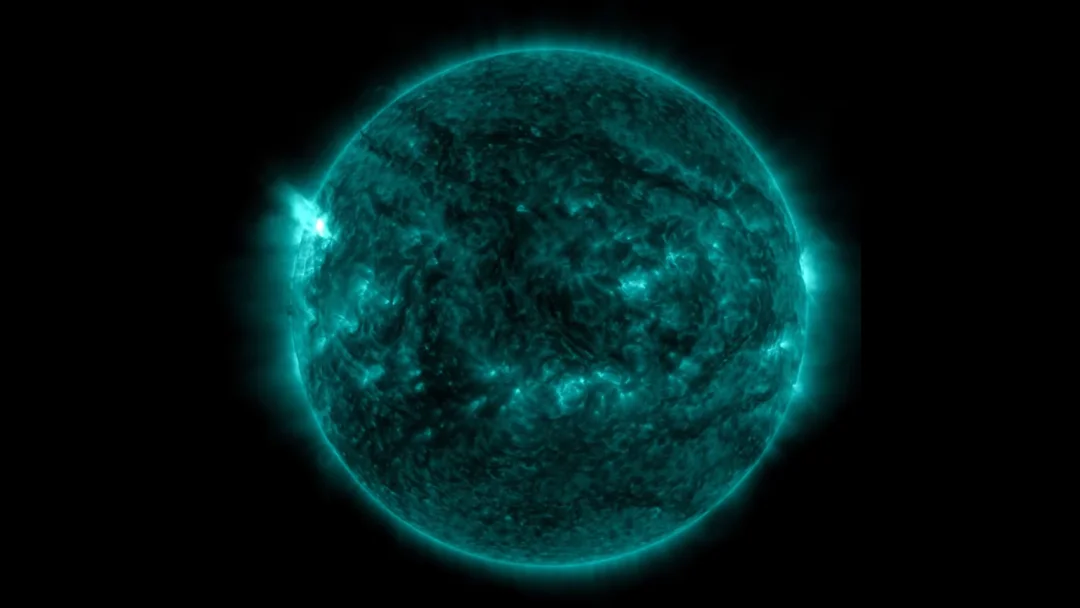
Solar Flare Activity Surges: Earth Faces Radio Blackouts, Mars Targeted by CME
The sun has been unusually active recently, unleashing a series of powerful solar flares that have impacted Earth and are projected to affect Mars. This surge in solar activity raises concerns about potential disruptions to communication systems and the possibility of geomagnetic storms. Let's delve into the details of these solar events and their potential consequences.
Strongest Solar Flare of 2025 Erupts
On May 14, 2025, the sun emitted the strongest solar flare of the year, classified as an X2.7 flare, originating from sunspot region AR4087. This powerful eruption triggered strong R3-level radio blackouts across Europe, Asia, and the Middle East, disrupting high-frequency radio signals and affecting communication for some operators.

The NOAA Space Weather Prediction Center (SWPC) reported that flares of this magnitude are uncommon. Solar flares are categorized into five classes: A, B, C, M, and X, with each class representing a tenfold increase in energy. The X2.7 flare ranks at the lower end of the most powerful class.
Radio Blackouts and Potential CME Impact
The X-ray and extreme ultraviolet radiation from the flare reached Earth at the speed of light, causing rapid ionization in the upper atmosphere. Radio blackouts were observed across a wide region, including North and South America, Europe, Africa, the Middle East, and Southeast Asia.
A coronal mass ejection (CME), a massive expulsion of solar plasma and magnetic field, may have accompanied the X-flare. While not yet confirmed, CMEs can trigger geomagnetic storms and auroras if they collide with Earth's magnetic field. Fortunately, AR4087 was near the sun's edge, so Earth was not directly in the path of the potential CME initially.
Mars in the Crosshairs
However, a CME associated with these flares has been directed towards Mars. NASA models predict the CME will reach the Red Planet around May 18, potentially triggering auroras in the Martian atmosphere.
Increased Solar Activity Expected
Experts warn that the U.S. isn't prepared for the impacts of major solar storms, which may increase in frequency due to the ongoing solar maximum coinciding with a mysterious 100-year solar cycle. The SWPC predicts a significant chance of further M-class and even X-class flare activity in the coming days, emphasizing the magnetic complexity of Region 4087.
As sunspot AR4087 rotates towards Earth, any future eruptions could have a more direct impact, potentially leading to geomagnetic storms and more widespread auroral displays. The increased frequency of solar flares is a reminder of the dynamic nature of our sun and the potential effects on Earth.

What does this mean for you? Increased solar activity is normal, however we might expect short-term disturbances such as Radio Blackouts in coming weeks. Share your thoughts and experiences with space weather events in the comments below.